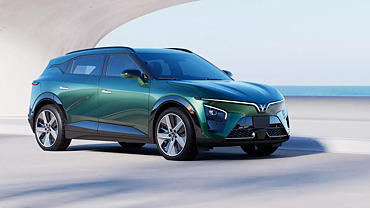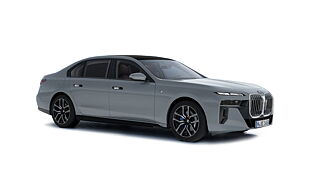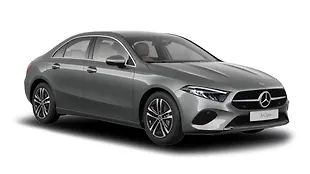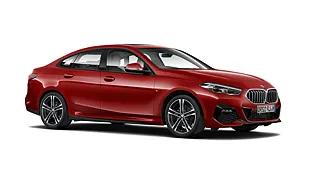
BMW's new variant of their flagship model is being readied for the next year. Yes, we are talking about the latest iteration of the 7 Series, the test mules of which were spied recently.

Though the camouflaged areas do not give out all details, from the earlier spy-shots we have collected a lot of information about the new 7 Series. The car is in line with the carmaker's new design language and comes out as a more muscular vehicle than the one currently on sale. The fascia boasts new headlamps that are elongated right up to the edges of the traditional BMW twin kidney grille. The tail lamps are also revised and borrow traits from the 3 Series and the 4 Series Gran Coupe.

BMW will not bring a big revolution with this next-gen variant but the new model will be more of an evolved version of the current model. However, the carmaker will incorporate the techniques they learnt from their i3 and i8 programs. This also means the new 7 Series is expected to be the first regular production model that will have carbon fibre in its construction. It will then confront the aluminum-bodied competitors Jaguar XJ and Audi A8.

The line-up for the oil-burners is not yet known, but it is confirmed that the engine options will include both the petrol and diesel mills. The entry-level 730i will be powered by a 2.0-litre turbocharged four-cylinder mill that produces 260bhp of power and the 740i will employ the new 330bhp straight-six engine that is expected to power the much-awaited M2 as well. Then, the 750i will come powered with the 460bhp V8 engine, while the 6.6-litre V12 mill sourced from Rolls-Royce will be seen under the hood of the 760i. This motor in the top-of-the-range car produces an enormous power output of 600bhp. All these engine options will come mated to the eight-speed automatic gearbox.

This latest BMW 7 Series is expected to be unveiled at the Frankfurt Motor Show this year and go on sale next year. We can expect the car to be launched in India six months after its global launch meaning it might go on sale in our country by the end of 2016.



![BMW 7 Series [2013-2016] Image BMW 7 Series [2013-2016] Image](https://imgd.aeplcdn.com/272x153/cw/cars/bmw/7-series.jpg?q=80)















![BMW 7 Series [2013-2016] Right Front Three Quarter BMW 7 Series [2013-2016] Right Front Three Quarter](https://imgd.aeplcdn.com/199x112/ec/F9/d3/10402/img/m/BMW-7-Series-Right-Front-Three-Quarter-50064_ol.jpg?v=201711021421&q=80)
![BMW 7 Series [2013-2016] Rear View BMW 7 Series [2013-2016] Rear View](https://imgd.aeplcdn.com/199x112/ec/F9/D3/10402/img/l/BMW-7-Series-Rear-view-16715.jpg?v=201711021421&q=80)
![BMW 7 Series [2013-2016] Left Rear Three Quarter BMW 7 Series [2013-2016] Left Rear Three Quarter](https://imgd.aeplcdn.com/199x112/ec/9772/img/l/BMW-7-Series-Rear-three-fourth-15086.jpg?v=201711021421&q=80)
![BMW 7 Series [2013-2016] Steering Wheel BMW 7 Series [2013-2016] Steering Wheel](https://imgd.aeplcdn.com/199x112/ec/F9/D3/10402/img/l/BMW-7-Series-Steering-Wheel-16727.jpg?v=201711021421&q=80)
![BMW 7 Series [2013-2016] Interior BMW 7 Series [2013-2016] Interior](https://imgd.aeplcdn.com/468x263/ec/F9/D3/10402/img/l/BMW-7-Series-Interior-16717.jpg?v=201711021421&q=80)























